Methane gas (CH4) is a fuel widely used in both domestic and industrial applications. However, its flammable nature makes it dangerous in the event of a leak. Methane gas detection is therefore essential to ensure safety.
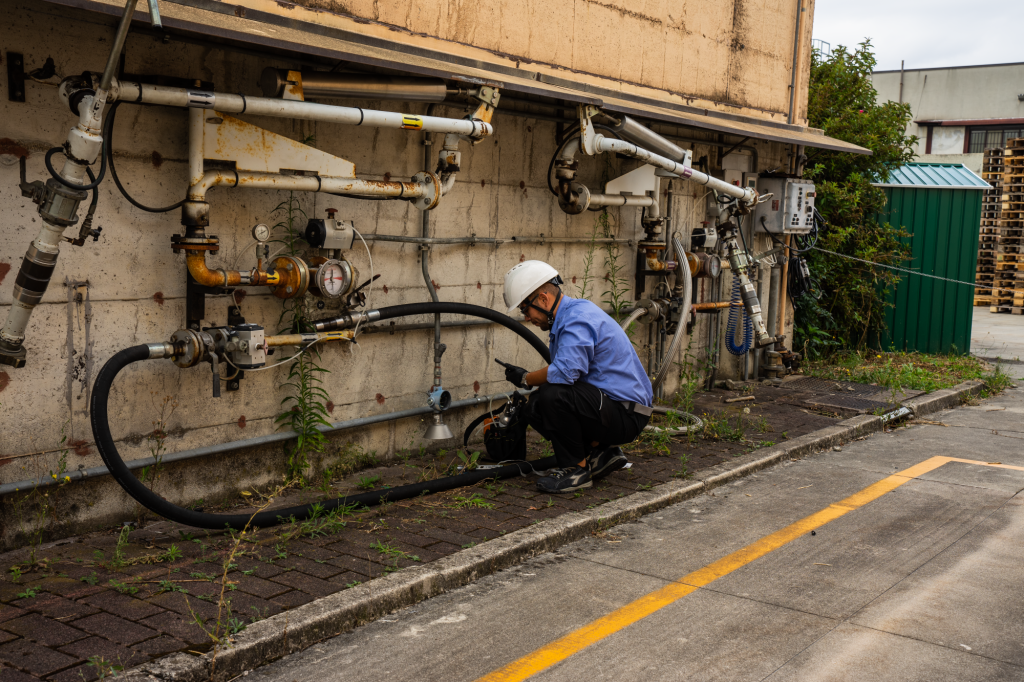
Methane gas: where it is used and why it is important to detect it
Methane is highly flammable and can cause explosions if mixed with air in specific concentrations (5% to 15%). In addition, a methane leak in enclosed spaces can cause asphyxiation. Early detection of methane leaks is essential to prevent these dangers. Normally, methane gas is colourless and odourless, which is why an odoriser is often added to commercial applications. Its use is varied, within thermal power plants it is used as a fuel, in the production of hydrogen, ammonia or methanol it is a raw material and can also be used as a vehicle fuel. It has various applications, from agriculture to industry to domestic use.
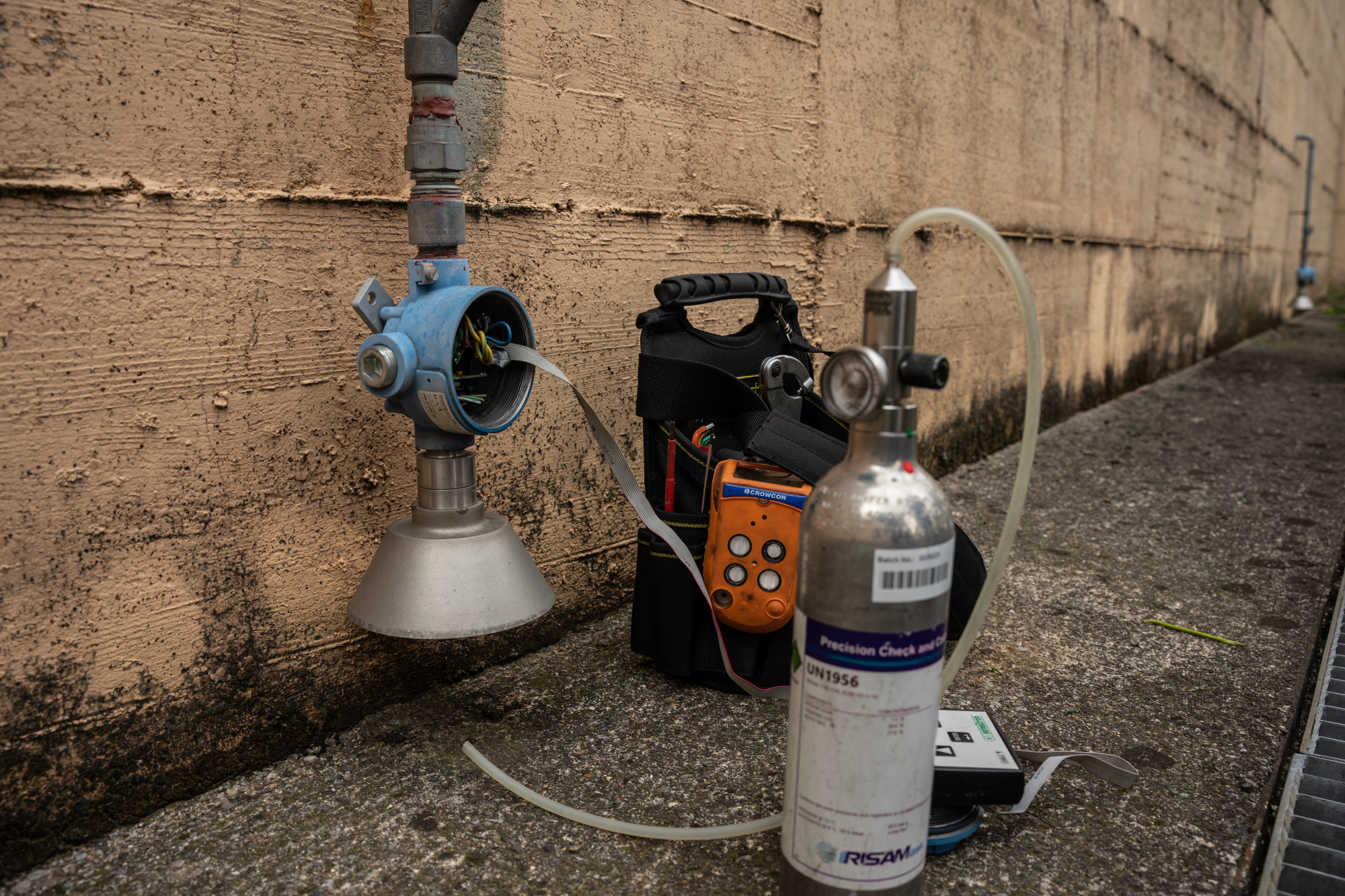
Methane Gas Detection Technologies
Methane gas can be detected using two different technologies:
- Catalytic
- Infrared
Inside the catalytic sensor, a heated filament is used that catalyses the combustion of flammable gases. This process increases the temperature of the filament and changes its electrical resistance, enabling the correct detection of not only methane, but also other gases such as propane or hydrogen. The infrared sensor, on the other hand, works through the absorption of infrared light by gas molecules; each gas, such as carbon dioxide (CO2), methane (CH4) or other specific gases have a characteristic absorption that can be identified.
If you would like to learn more about how the different technologies work, you can read the dedicated article at this link.
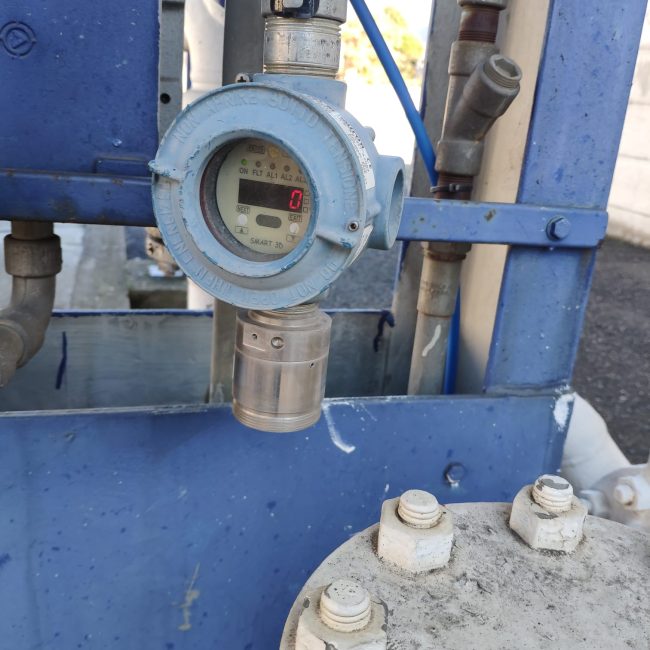
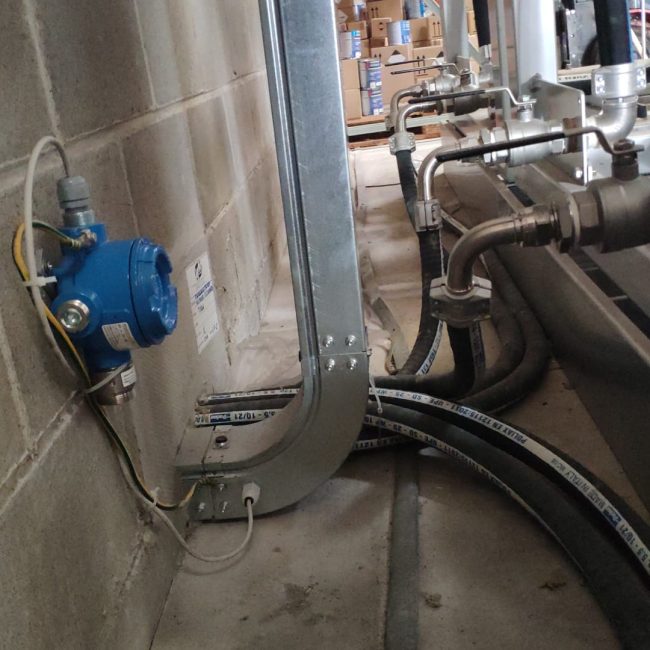
Discover our produtcs
For methane gas detection within industrial sectors, Sensitron stationary and portable gas detectors are ideal:
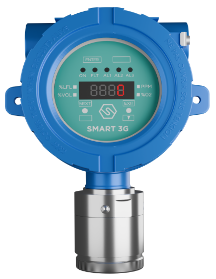
SMART 3G D2
Suitable for detecting flammable substances, toxic gases, refrigerants and oxygen in classified areas.ATEX, IECEx and SIL2/3 certified.
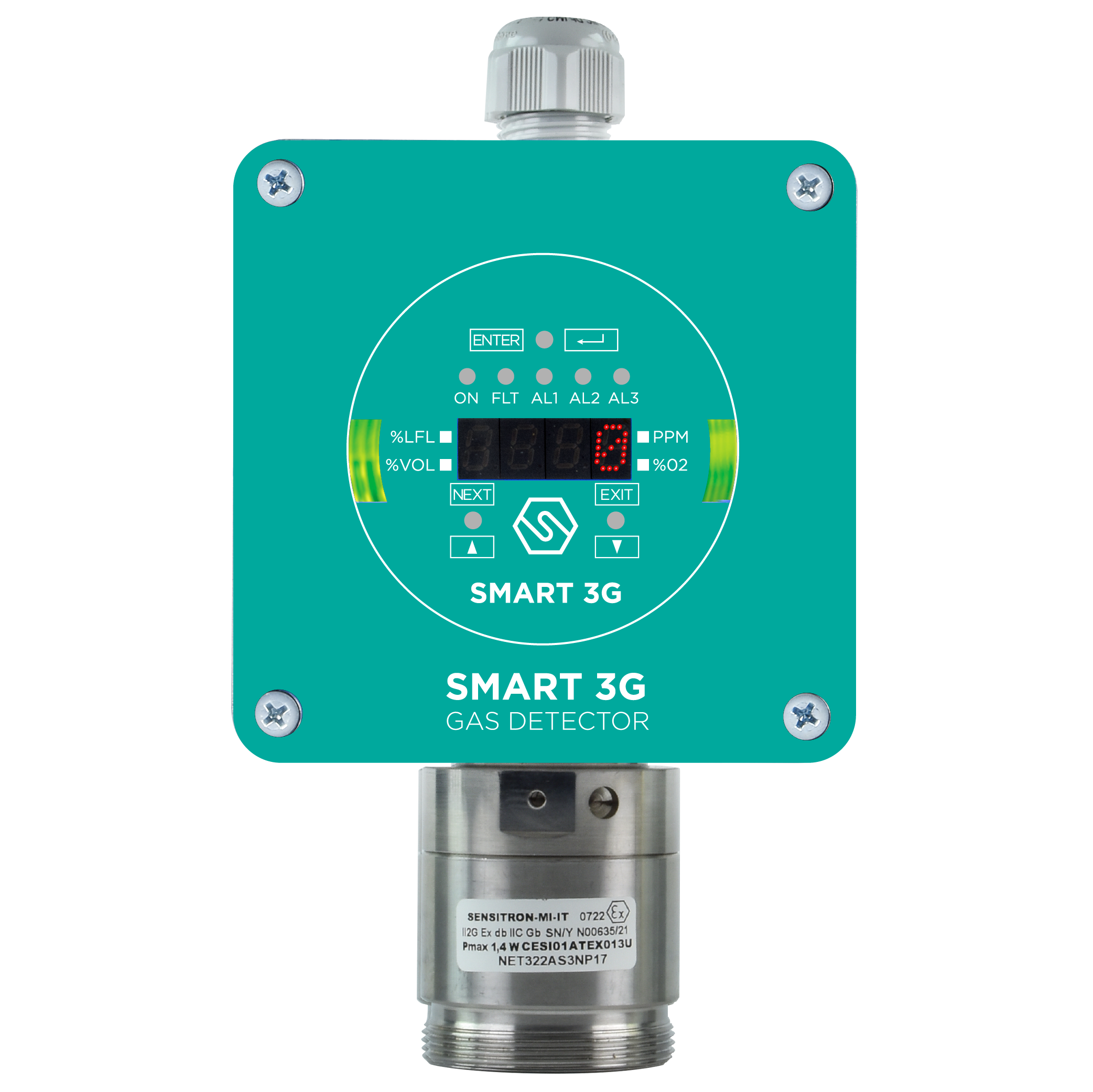
SMART 3G D3
Suitable for gas detection in classified areas, ATEX, IECEx and SIL2/3 certified, allows for non-intrusive field calibration.

SMART 3G C3
Suitable for gas detection in classified areas, ATEX, IECEx and SIL2/3 certified, allows for non-intrusive field calibration.
Our certifications
Methane gas can be used in hazardous environments where strict safety standards must be met, which is why all our products are certified and in line with regulations.
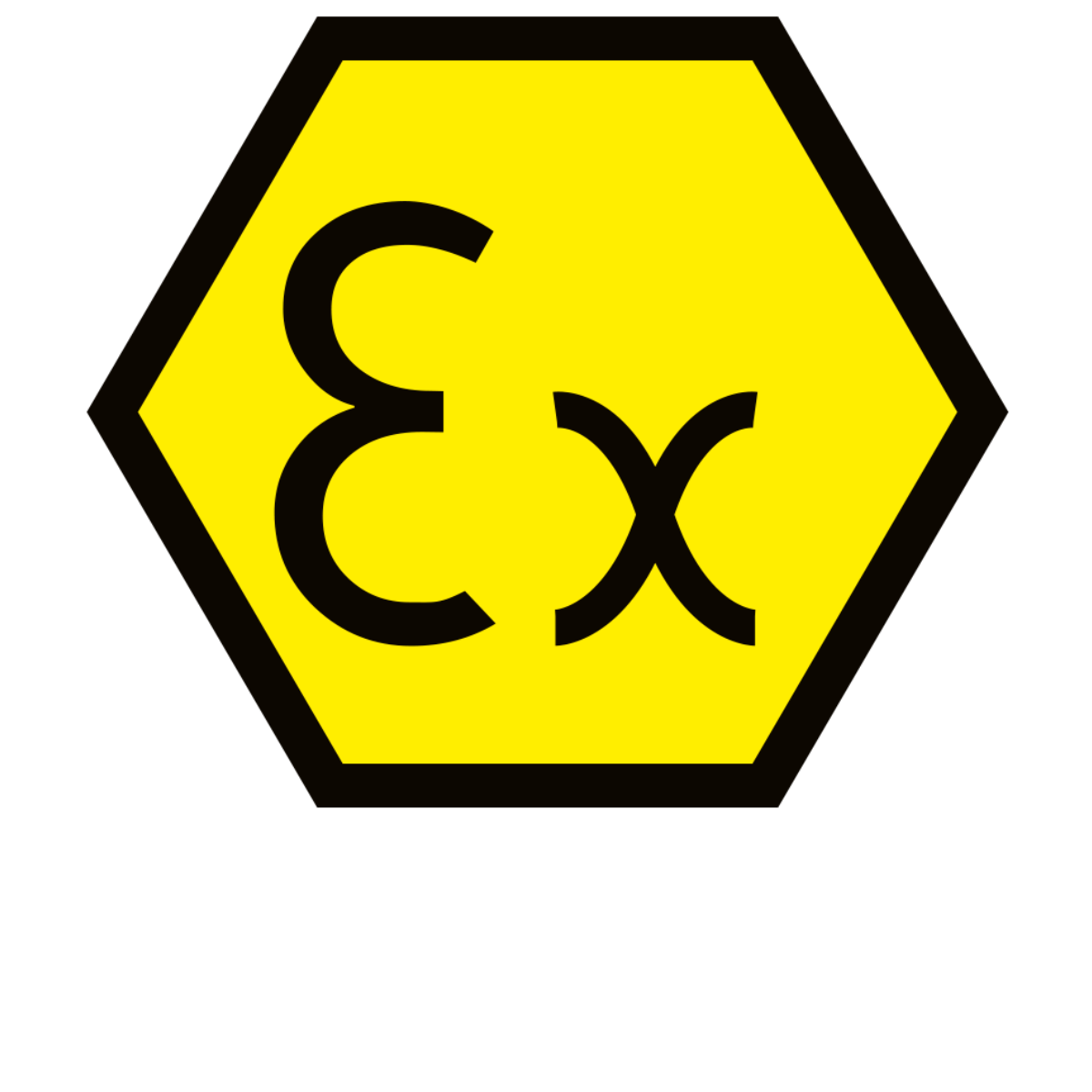
ATEX
The Directive sets out the requirements and assessment of equipment intended for use in potentially explosive atmospheres.
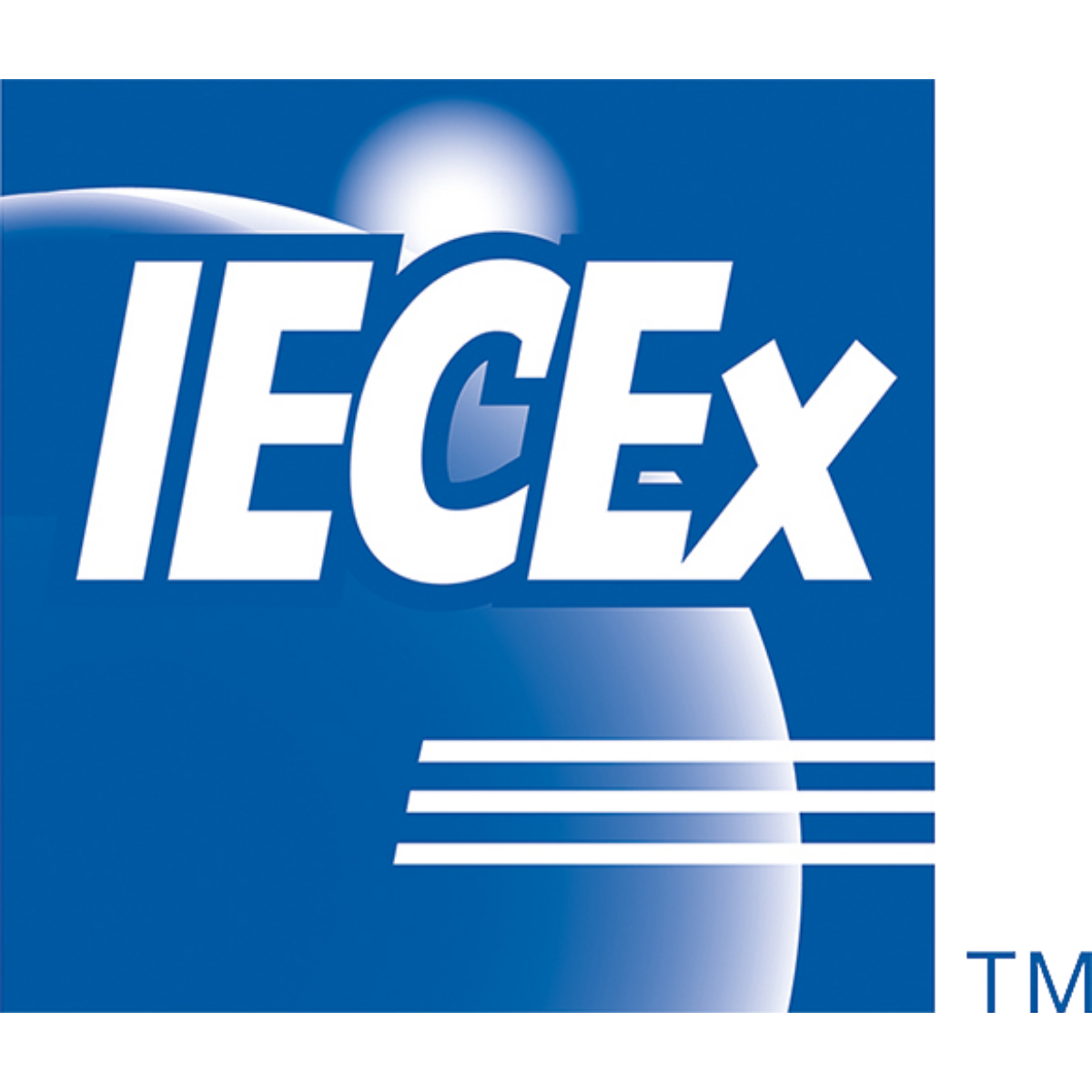
IECEx
The IECEx system is an international certification system. It is developed by the International Electrotechnical Commission.

SIL
The Safety Integrity Level (SIL) is the ability to reduce the assessed risk by ensuring the reliability of safety systems.


